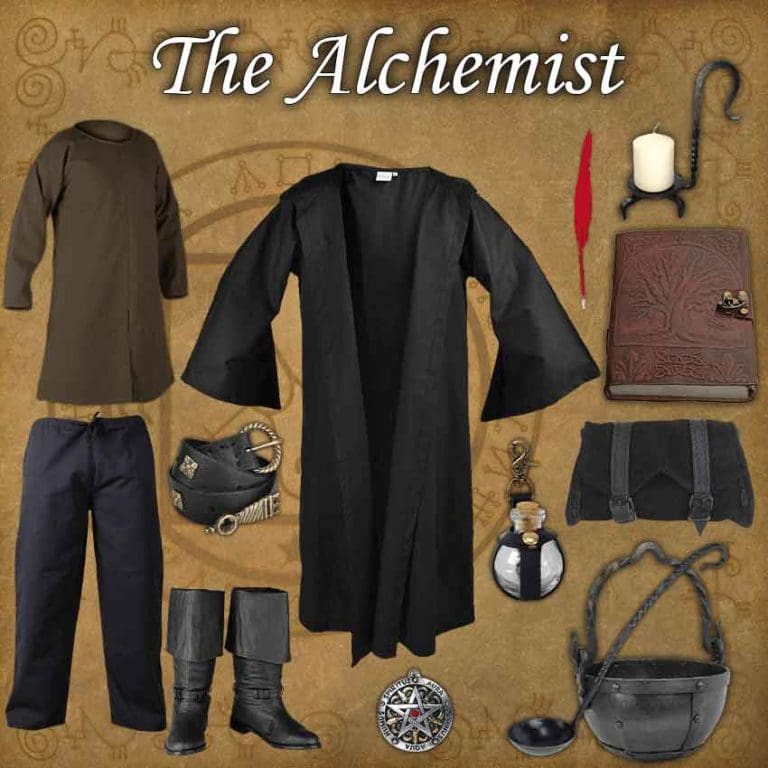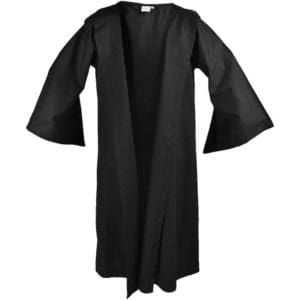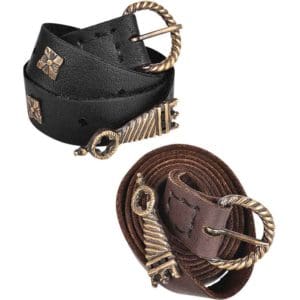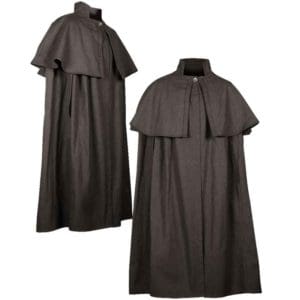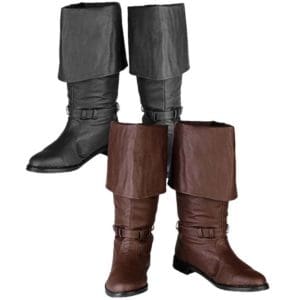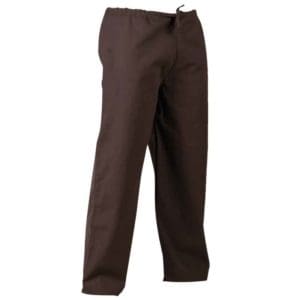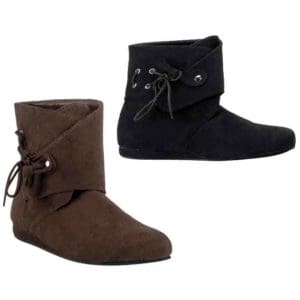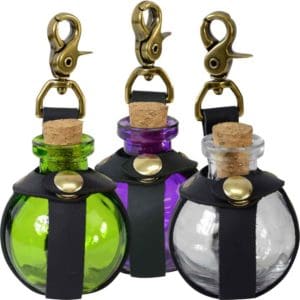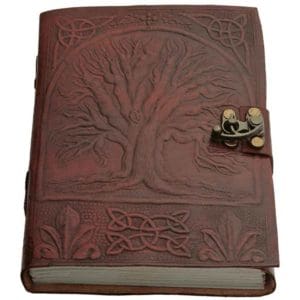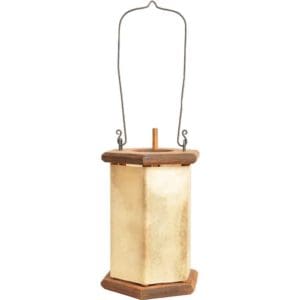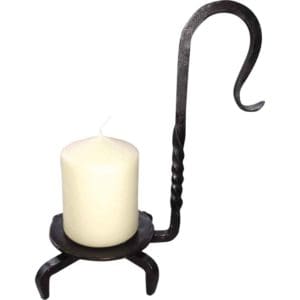Alchemy in Medieval and Renaissance Europe

The image of the alchemist has an interesting and long history that runs from antiquity to the modern day in various forms. In this post, we take a look at the history of alchemy in medieval and Renaissance Europe. We will also give ideas on how to dress as an alchemist inspired by this history.
Medieval Alchemy in the 12th and 13th Centuries
Alchemy came into medieval Europe in the mid-12th century. The Book of the Composition of Alchemy was a translation completed by Robert of Chester on the 11th of February 1144. Like many other alchemy texts of the time, they were translated from Arabic texts into Latin. This was especially popular in Toledo, Spain. The process of translation into Latin meant that the knowledge of alchemy was restricted to clerical scholars. Besides the book mentioned previously, other works translated during this time included the Turba Philosophorum, the works of Ibn Sina aka Avicenna, and the works of al-Razi. Through the translated works, new words entered the vocabulary of the Latin scholars, such as the words elixir and alcohol.
After translations, encyclopedias came next. They would summarize and explain the existing work described in the translations. Often this was done through the lens of Aristotle’s teachings. Some of these encyclopedic projects included the Book of Minerals by Saint Albertus Magnus in the 13th century as well as the Opus Majus by Roger Bacon and Summa Perfectionis by Pseudo-Gerber.
Medieval Alchemy in the 14th Century
While the 12th and 13th centuries saw alchemy restricted to clerical scholars, it became more accessible to others in the 14th century. This era of alchemy found itself heavily focused on the creation/discovery of the Philosophers Stone. In this time frame, the discussion of alchemy and alchemists found some literary critics. These critics included the famous writers Dante and Chaucer. Also, this century saw the beginning of laws against alchemists, more specifically alchemy fraud. Alchemy fraud included false transmutations and the false promises of such. Alchemists of this time frame include Sir George Ripley. The famous Nicolas Flamel also lived during this time period. However, nearly all of the alchemy attributed to him was done so around 200 years after his death. He was a scribe and a shop owner during his lifetime.
Alchemy in the Renaissance
In the 15th century, alchemy found itself beginning to focus more on mankind rather than physics. This was partly due to the Humanism aspect of the Renaissance, which was a focus on classical literature in education. It was also partly due to the resurgence of Plato’s works as well. Alchemy started to evolve during the Renaissance. On one hand, it gained connections with the occult. This was especially true of the works of Heinrich Cornelius Agrippa. He wrote De Occulta Philosophia, which tried to merge Kabbalah, Hermeticism, and alchemy.
On the other hand, alchemy also found itself drifting away from mystical purposes towards what would evolve into modern sciences such as chemistry and metallurgy. Tyche Brahe, Sendivogius, and even Sir Isaac Newton were influenced by alchemy.
In addition, alchemy became more entrepreneurial. Many alchemists became contracted, often by royal courts, for mining, medicines, and metals among other fields. The 15th century and the Renaissance in general saw the continuation of alchemy fraud. Two alchemists that complained about the false work of others were Michael Maier and Heinrich Khunrath.
Alchemist Outfit Inspiration
Having had a quick look at the people and changes of alchemy through medieval and Renaissance Europe, let’s look at what an alchemist may look like, especially one inspired by the figures mentioned above. The easiest place to start is the clothing.
Long, flowy clothing is a staple image of the fantasy alchemist and for good reason. Since early researchers were members of the clergy, monk robes and similar clothing would look right on any alchemist. For example, you could wear either the Aurelius Cotton Robe or the Bron Shoulder Cape Cloak. Underneath the Bron Cloak, you could wear the Gadaric Canvas Tunic with the Kasimir Canvas Trousers. To finish off the basic look, the Jackboots by Haddocks with the Mattis Belt and the Friedhelm Belt Bag make great options.
Hand-Held Accessories for an Alchemist
Moving on to accessories that will create the atmosphere of a medieval alchemist, there are multiple options to consider. Let’s begin with the elixirs and liquid creations of alchemists. Any alchemist working towards the Elixir of Life should have potion bottles. You can carry yours in either the Small Round Glass Bottle, Round Glass Bottle with Holder, or even the Alchemist Pouch with Glass Vials.
Of course, any alchemist carrying their creations should have a record of how those creations were made. The Tudor Quill Pen along with the Celtic Tree of Life Journal with Lock make recording your experiments much easier. Quill pens were popular throughout the medieval and Renaissance world.
In addition, wearing a necklace with occult or magical symbolism is a good option. It recalls the fascination with the occult by many alchemists. The Sir Gawain’s Glyph Necklace and the Seal of Furfur Necklace both feature designs that would fit in with the aesthetic of a medieval alchemist.
Decor Pieces or Props for Alchemists
In addition to pilling up books and notebooks like the one mentioned earlier, there are some other items that an alchemist may have around them. For example, an alchemist may use a lantern or candle holder to light up their secret workshop. Such lighting methods were common in the medieval period and during the Renaissance. In addition to proper lighting, an alchemist needs equipment. The Small Medieval Kettle with the Forged Medieval Ladle give off the appearance of a potion or elixir waiting to be made.
In this post, we looked at the evolution and history of alchemy in medieval and Renaissance Europe. Also, we took inspiration from this history to create a sample outfit of a medieval alchemist. In addition to the accessories and clothing choices mentioned here, there are many other ways to customize and create your own unique alchemist ensemble. We hope that we have been able to give you an idea of what you could wear as a medieval or Renaissance alchemist.
